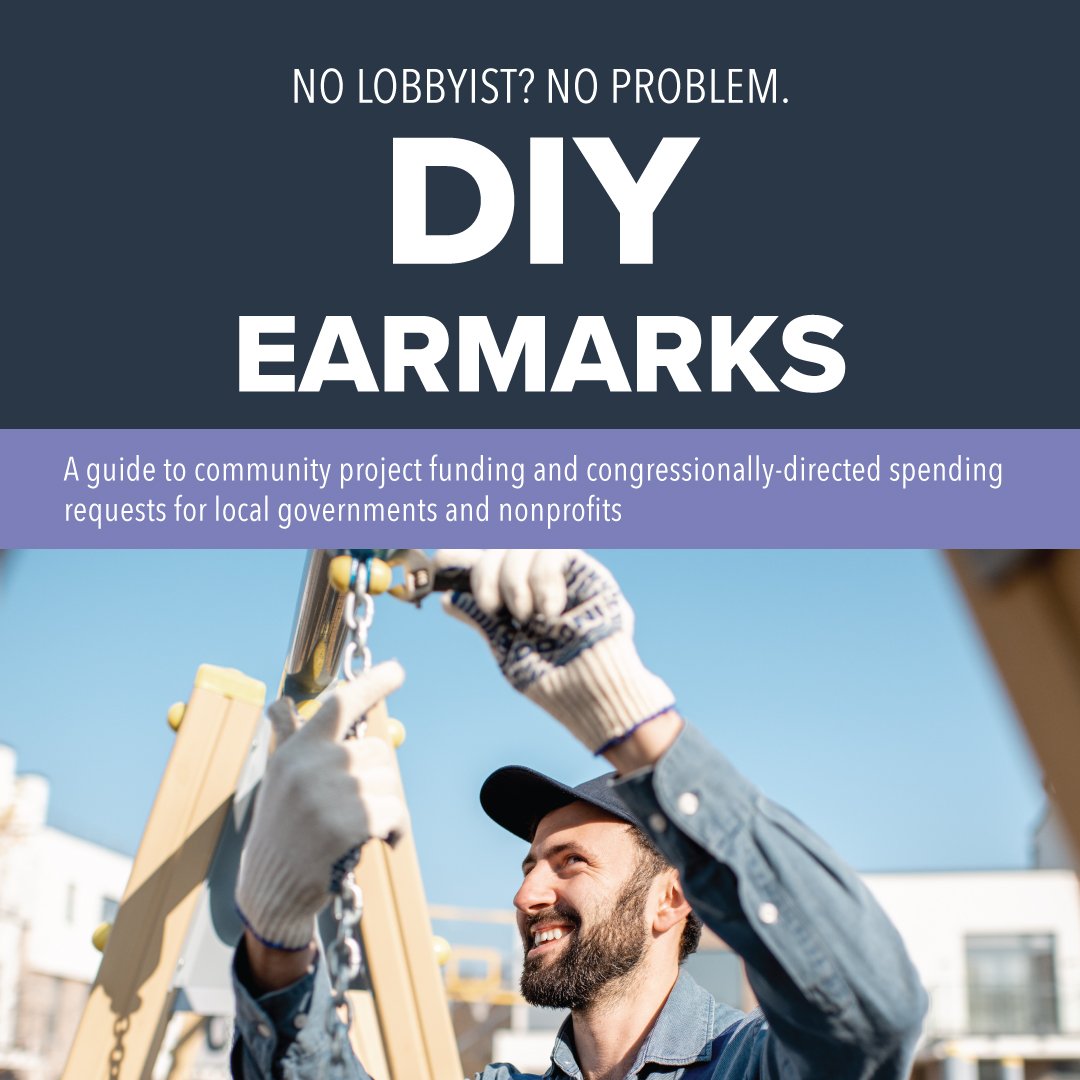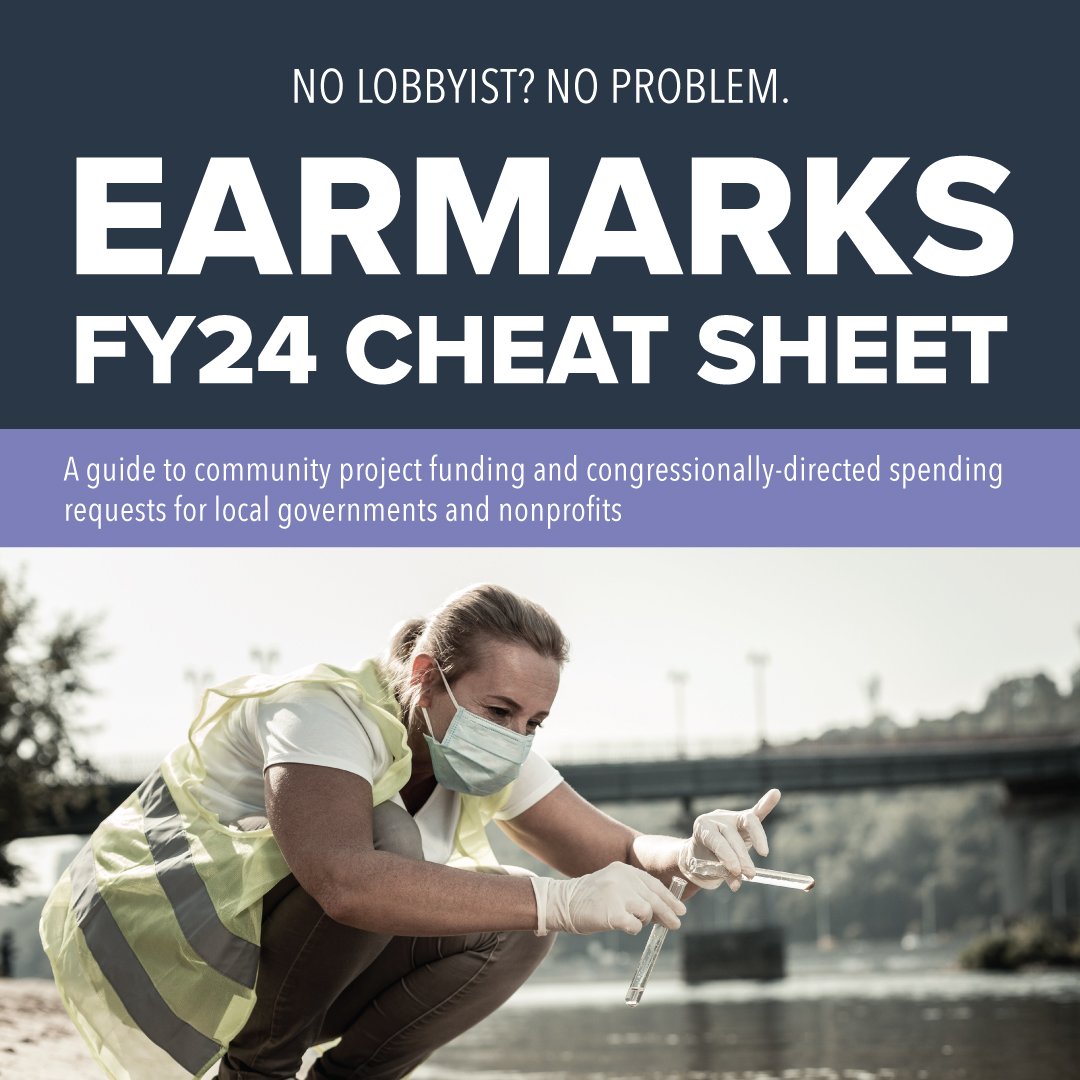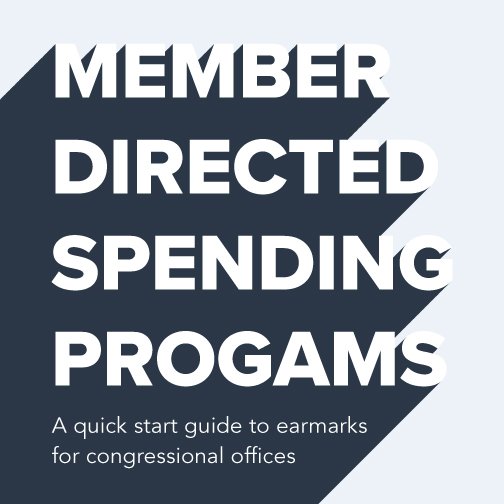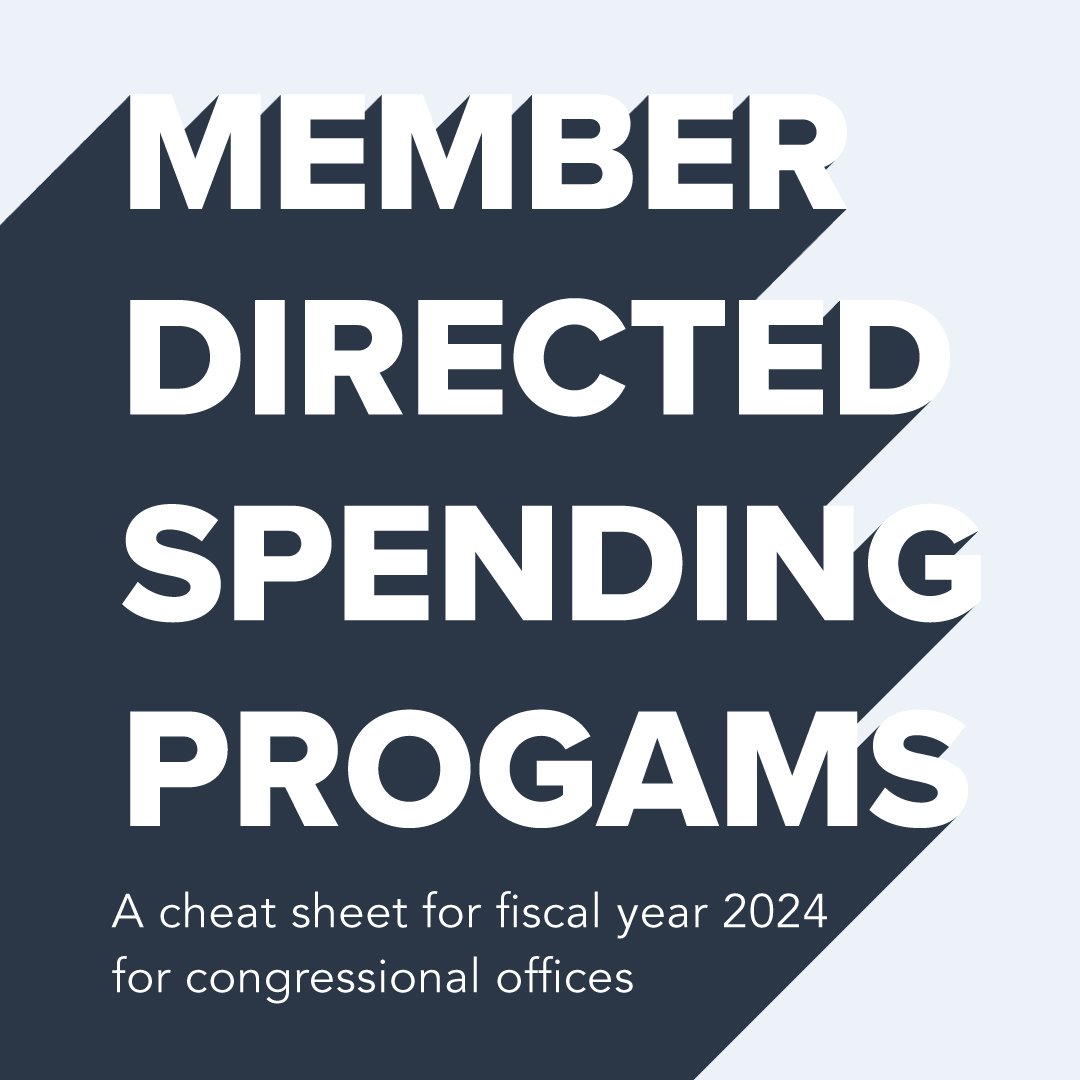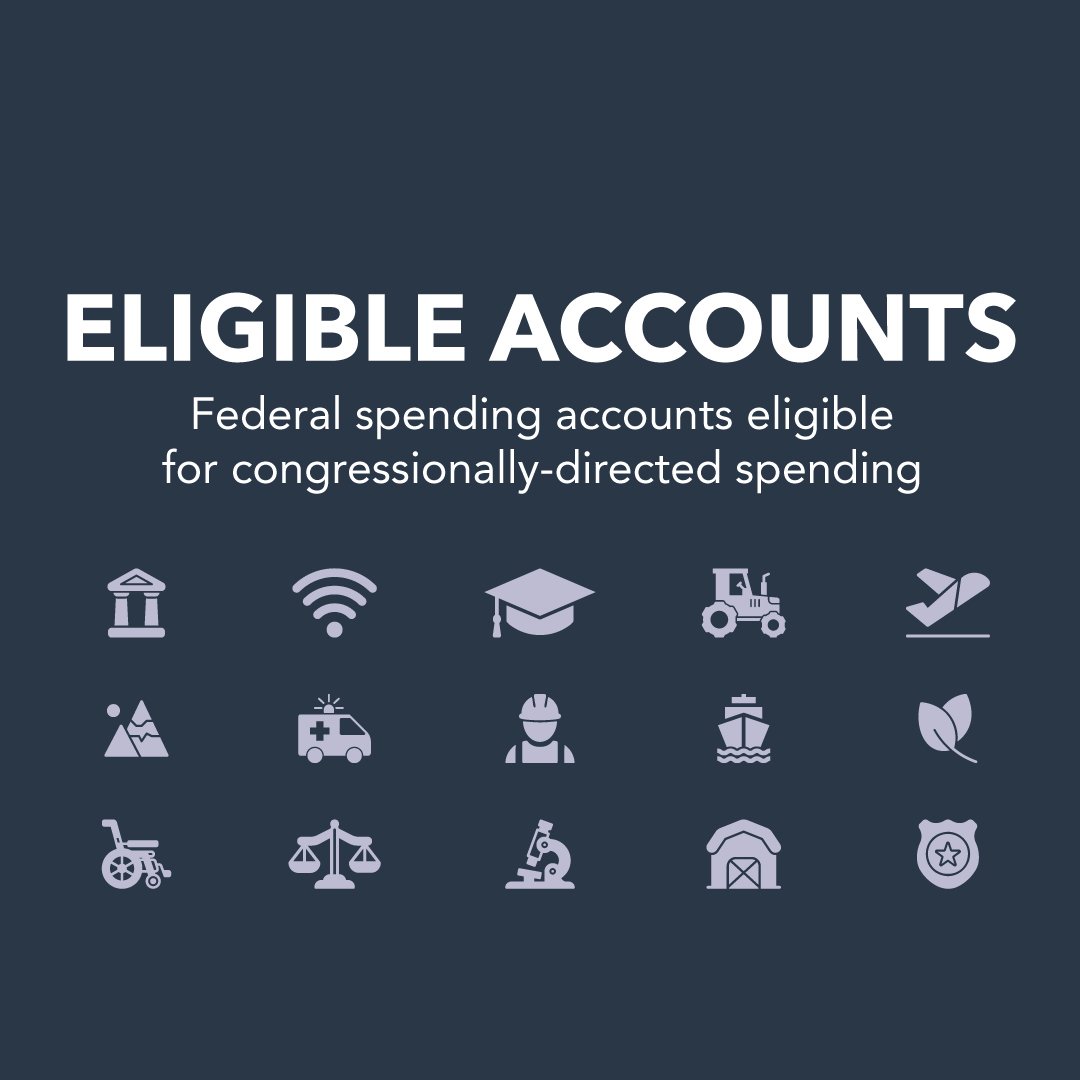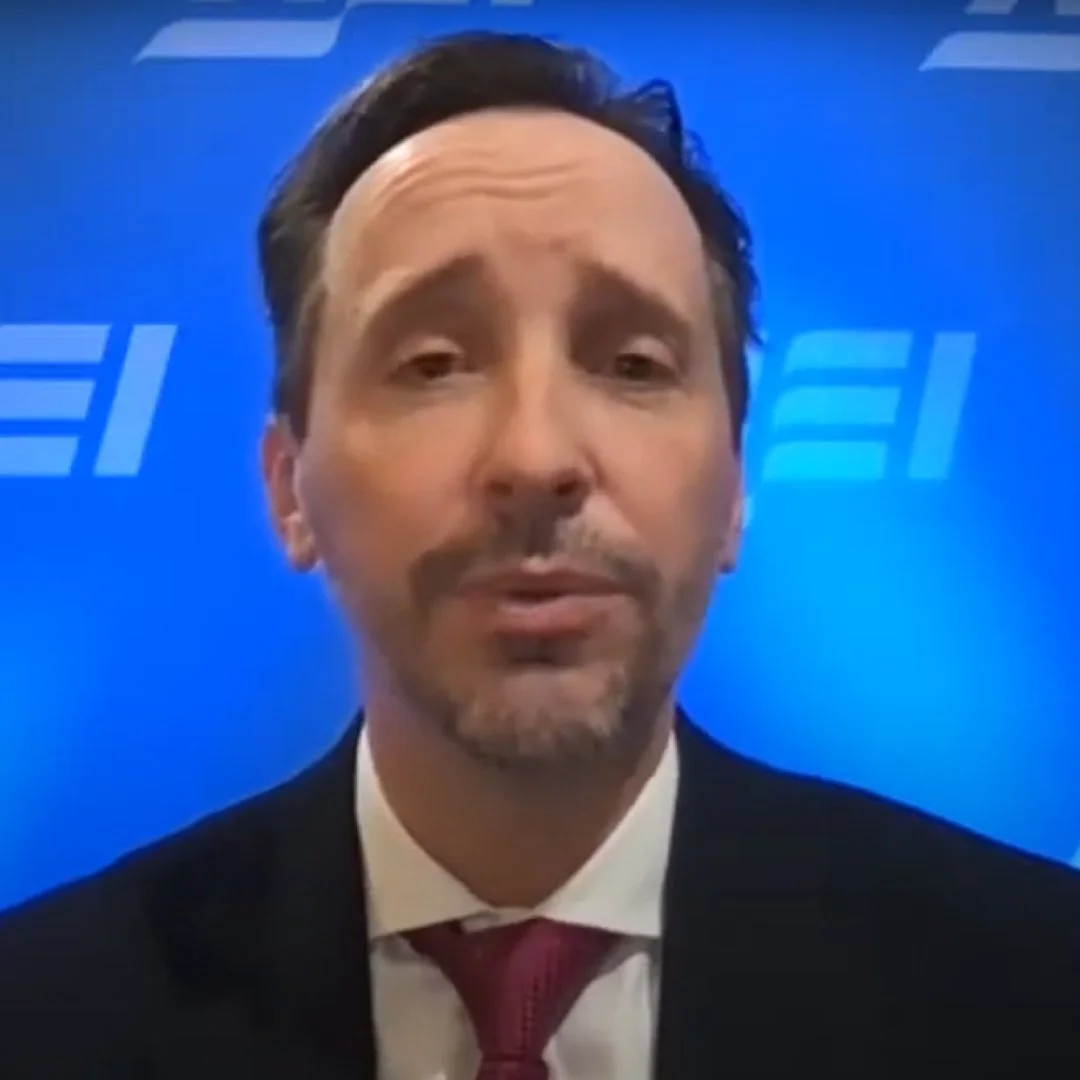
Congressionally-Directed Spending (Earmarks)
Resources for congressional offices, applicants, and journalists on congressionally-directed spending
Congressionally-Directed Spending
Congressionally-Directed Spending, also known as Community Project Funding (CPF) in the House or more commonly as “earmarks,” was reauthorized in 2021, following recommendations from multiple advocacy organizations, congressional experts, and the House Select Committee on Modernization.
Advocates for the return of congressionally directed spending note that–when done well and in a transparent manner—earmarks can help Congress reclaim its Article I power to direct spending, make government more responsive to local needs, and provide an incentive for Members to reach bipartisan compromise.
For nonprofits and local, state, or tribal governments, earmarks are an opportunity to apply for short-term, place-based funding outside of normal channels for federal spending. Earmark requests are submitted by eligible organizations and governments to their Members of Congress, then recommended by individual Members of Congress in the House and Senate to each chamber’s Appropriations Committee, and then each committee selects final requests to be included in annual federal spending bills (appropriations). This means that earmarks are selected based on individual Members’ understanding of their own state’s or district’s needs, rather than awarded solely based on Federal agency priorities.
Reforms for the reinstated program are intended to improve transparency and accountability and to make it easier for small nonprofits and governments to submit requests without having to retain a lobbyist.
The resources below provide an introduction to the CDS process, tips for potential applicants, and tools for Congressional staffers.
ADDITIONAL RESOURCES
A compilation of other trainings, events, resources, publications, and appearances related to congressionally-directed spending.


